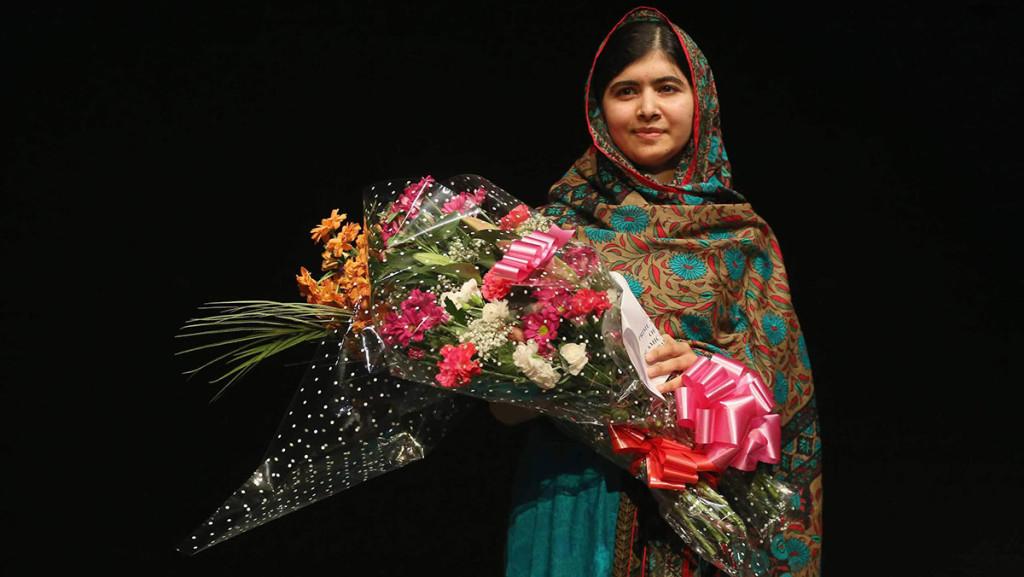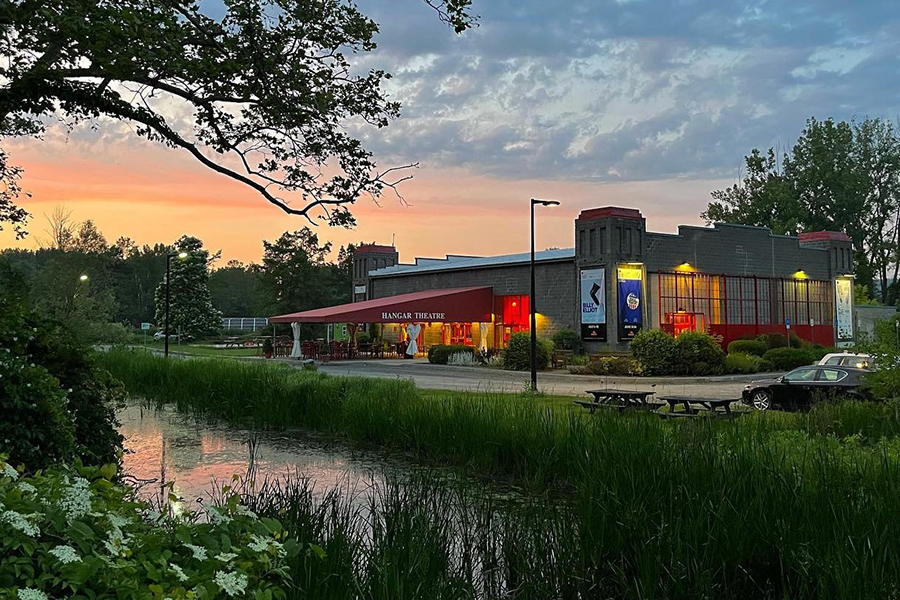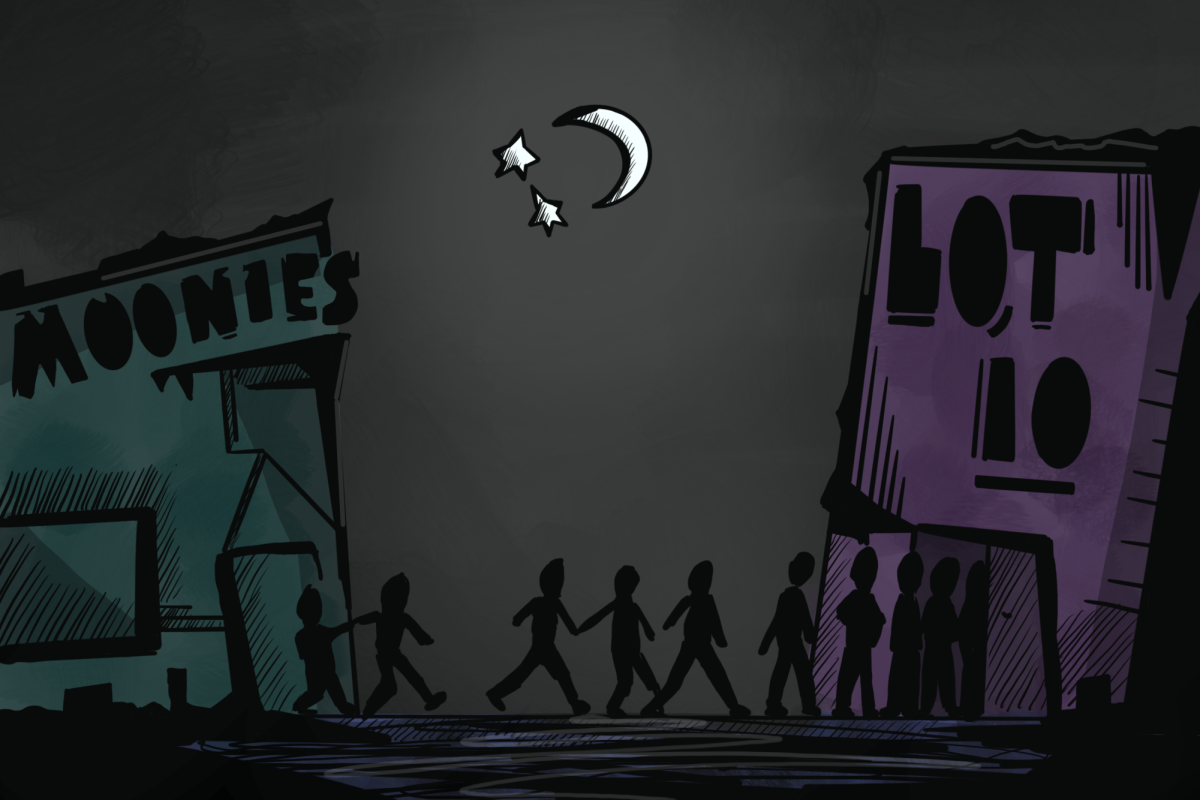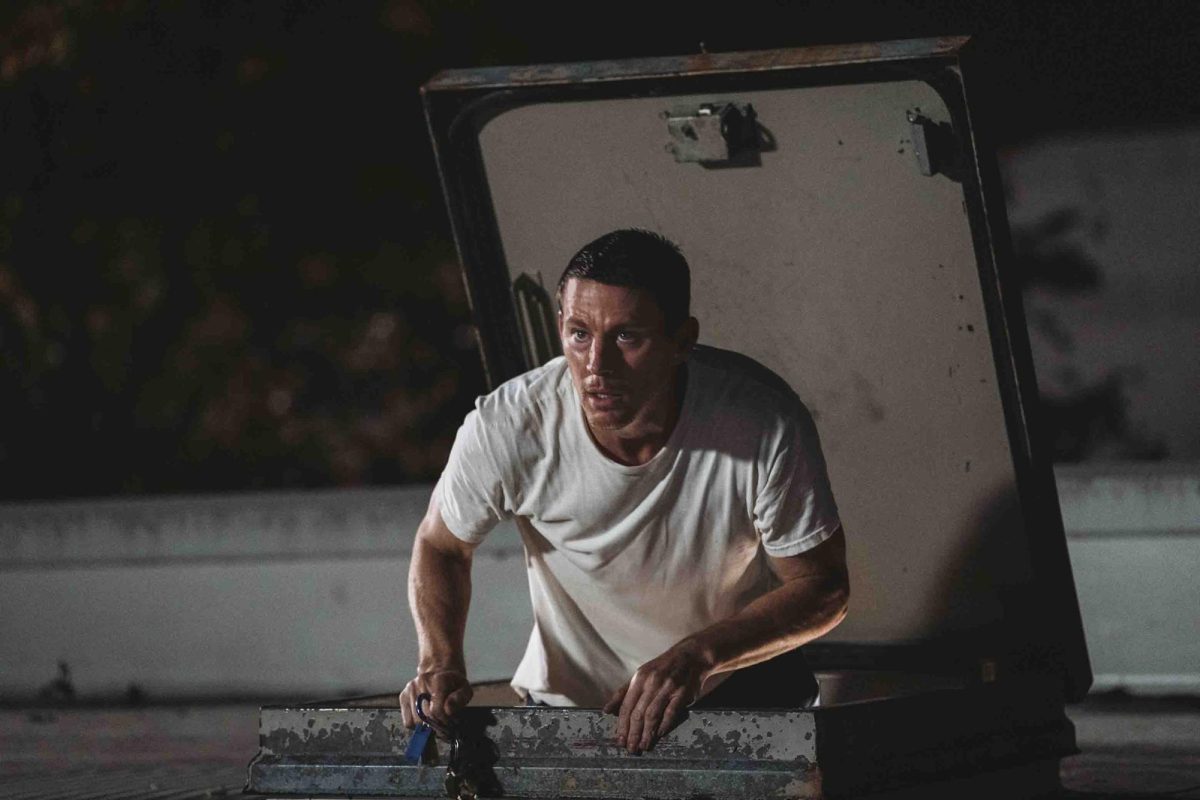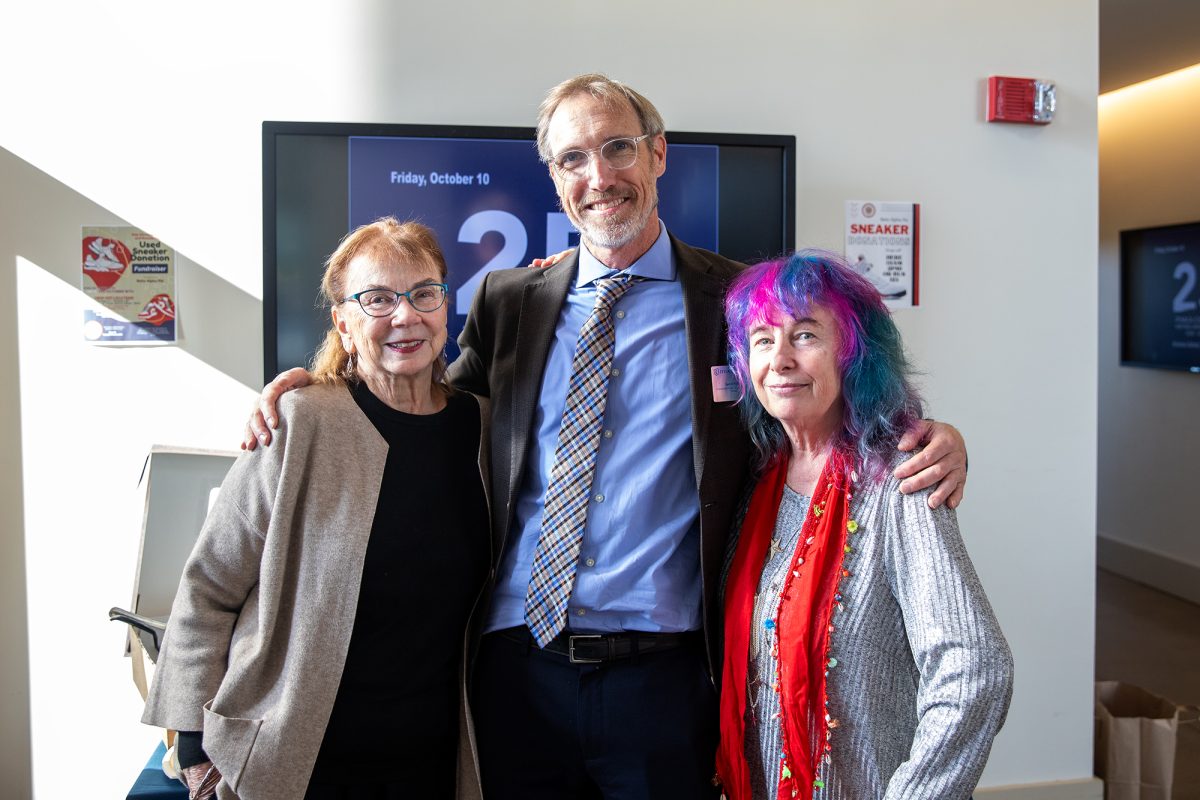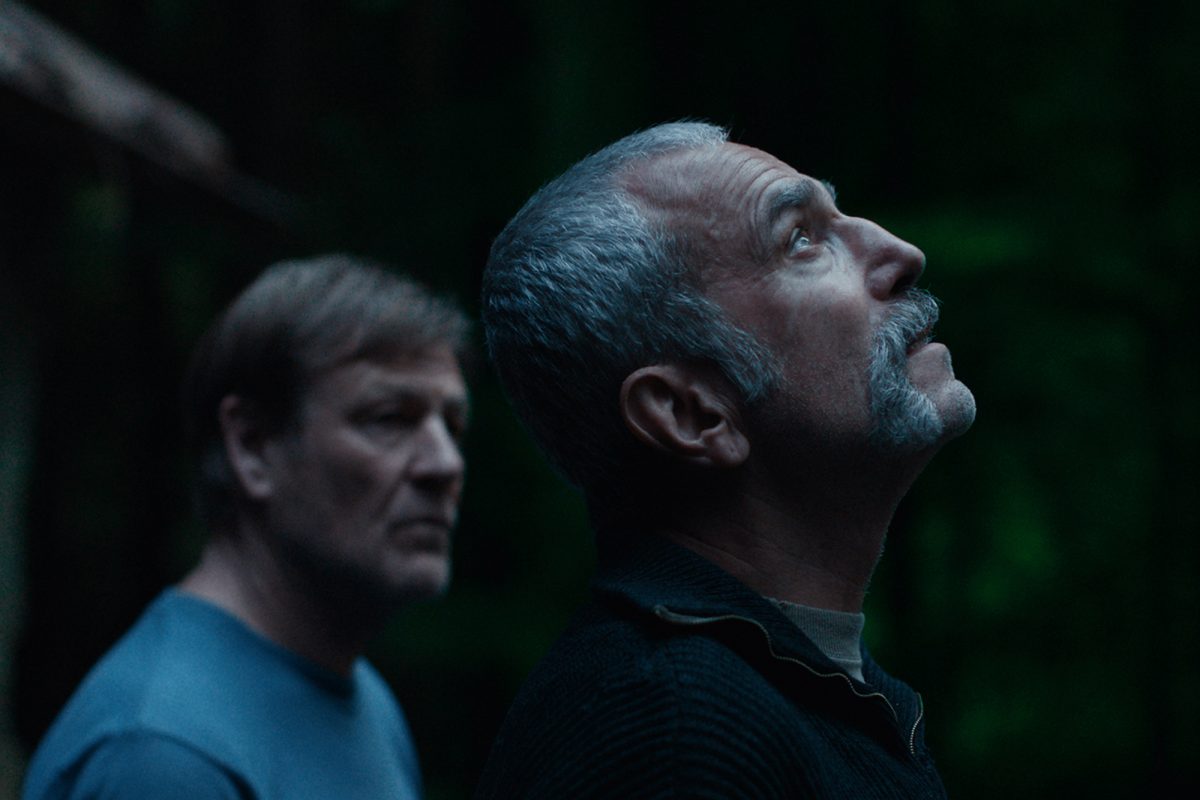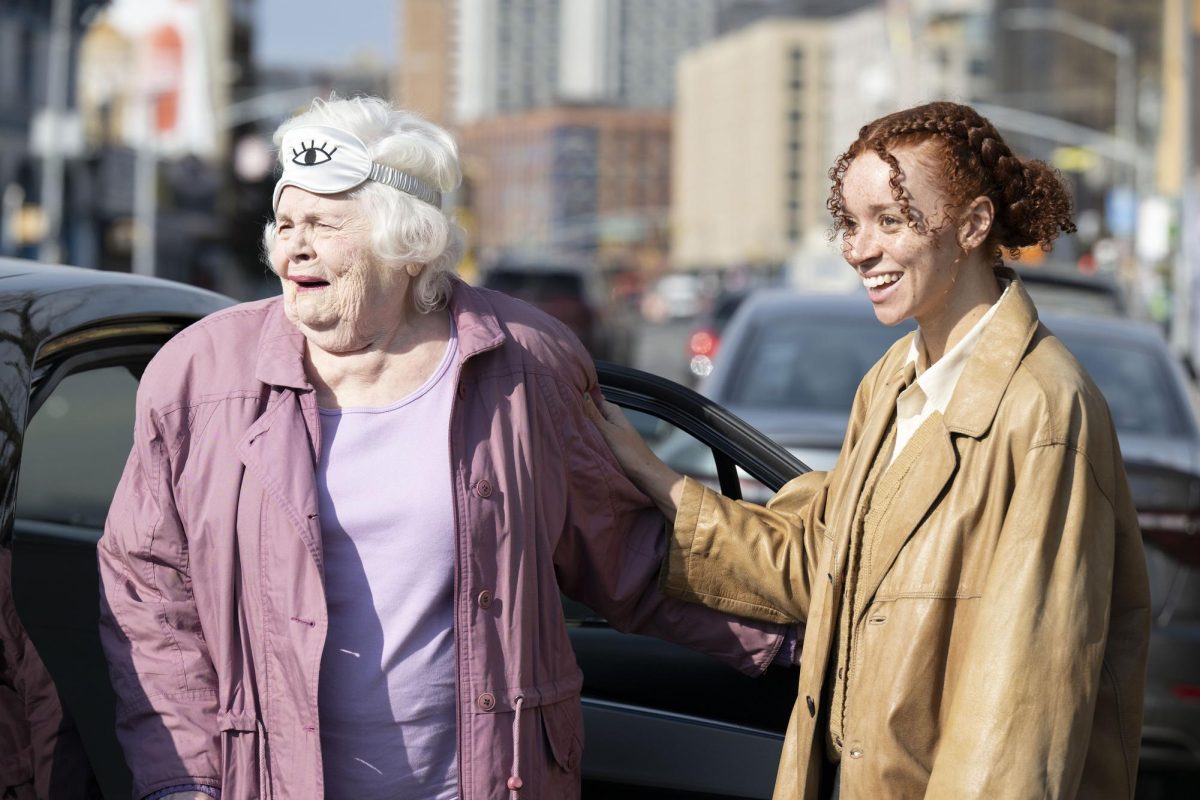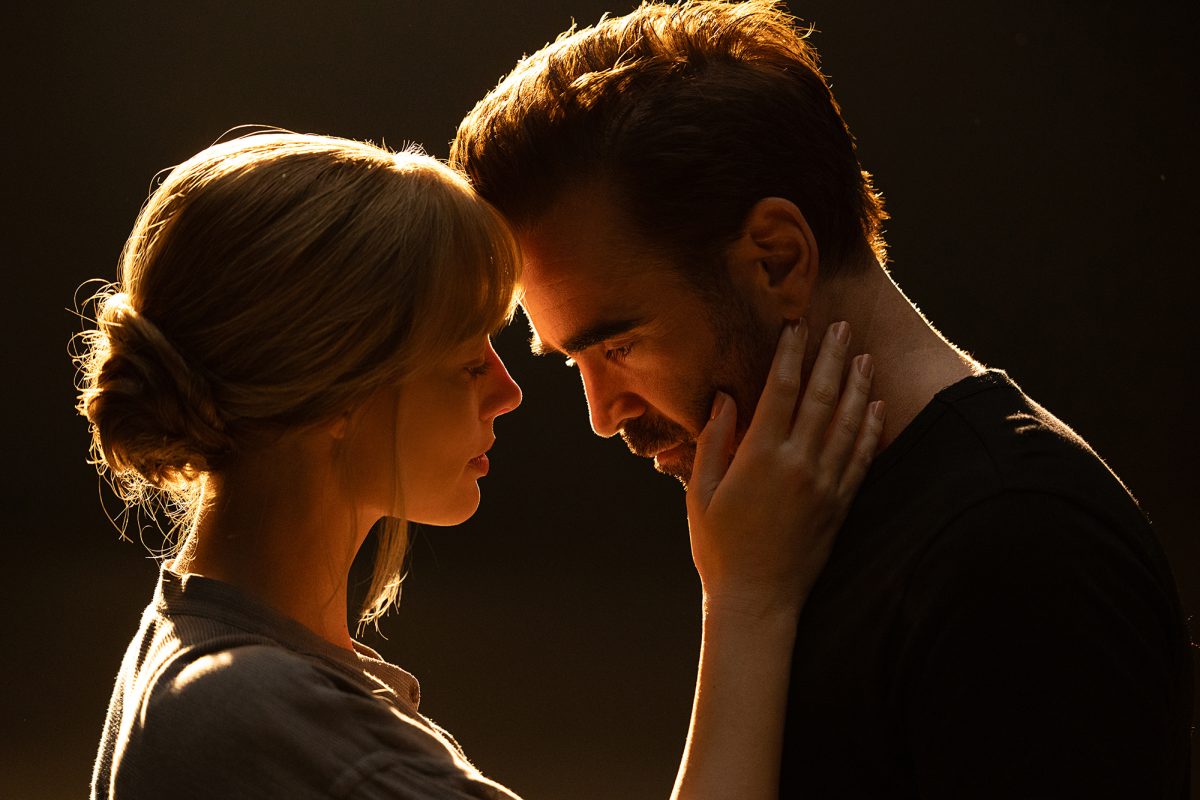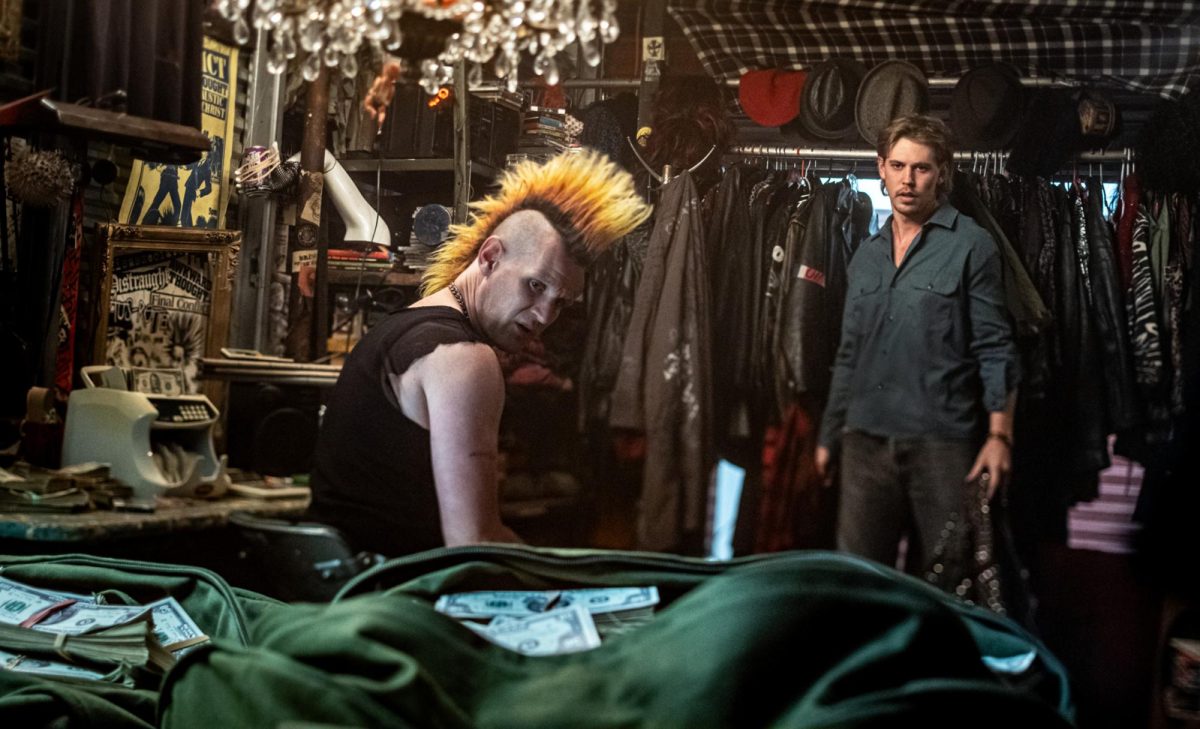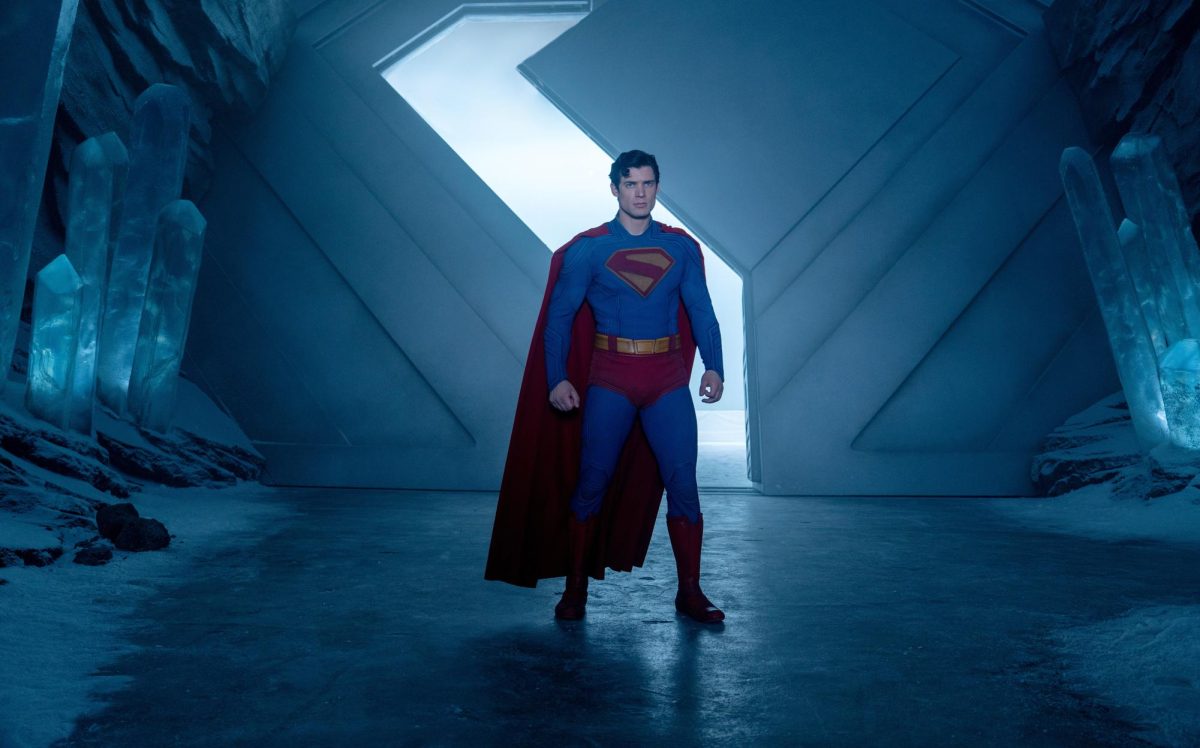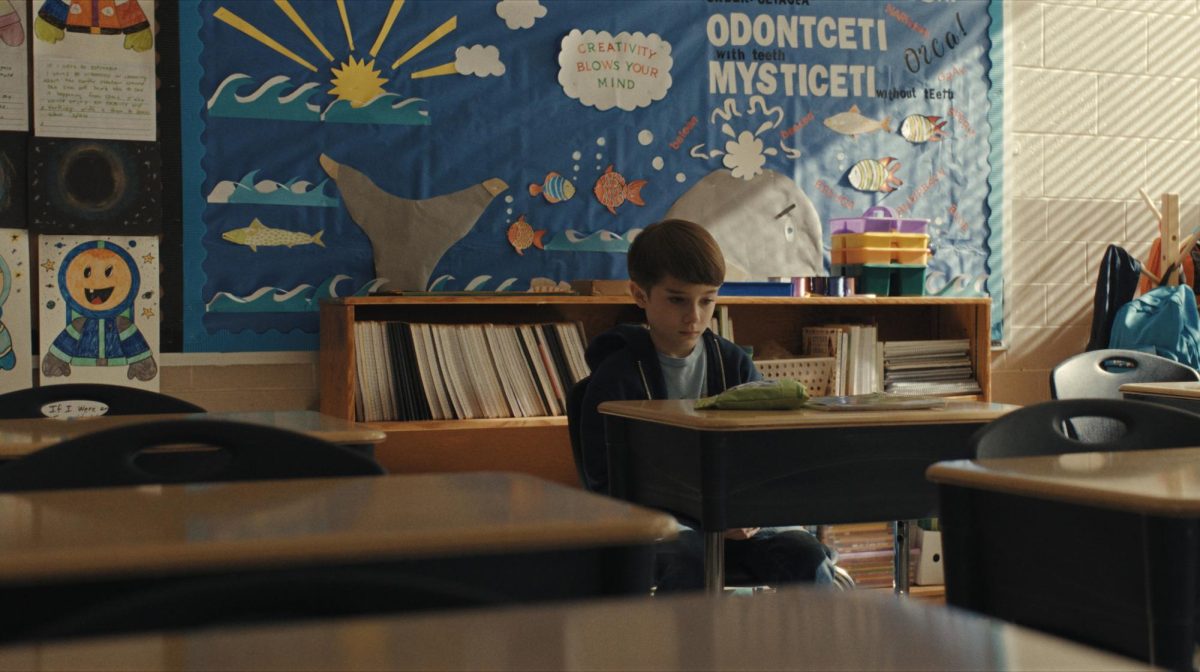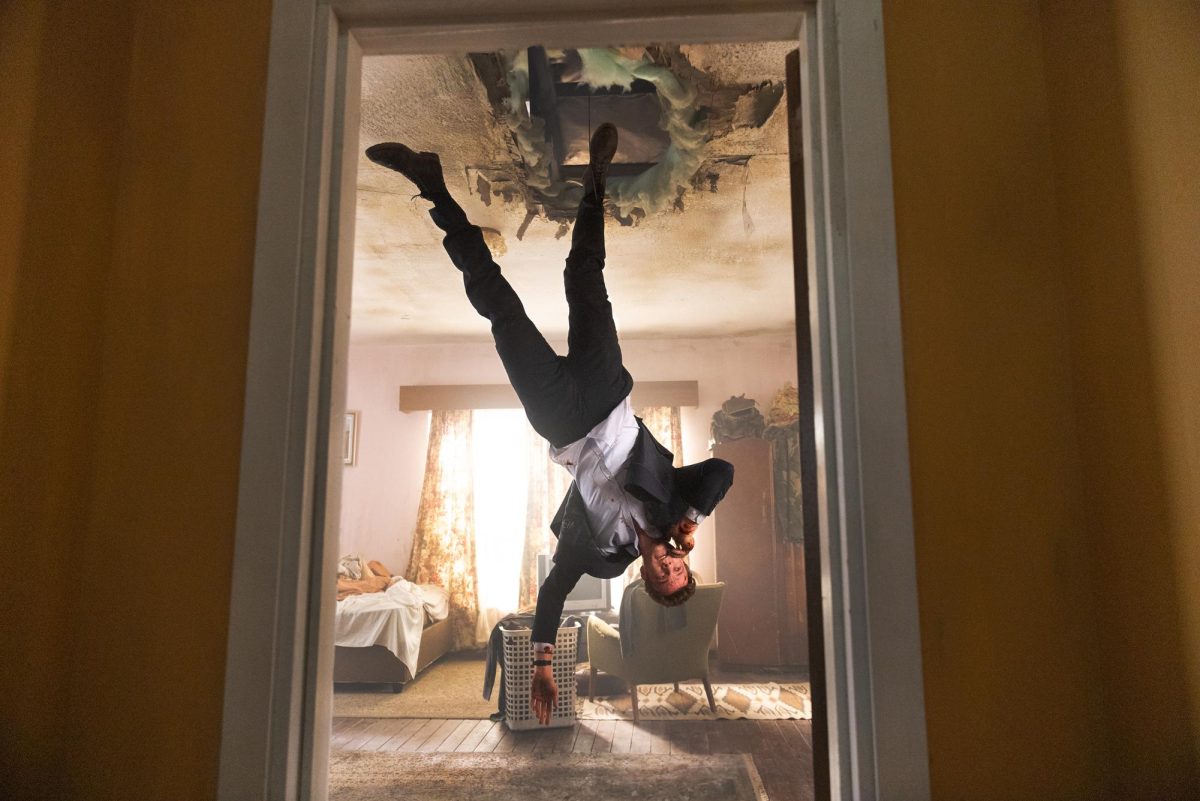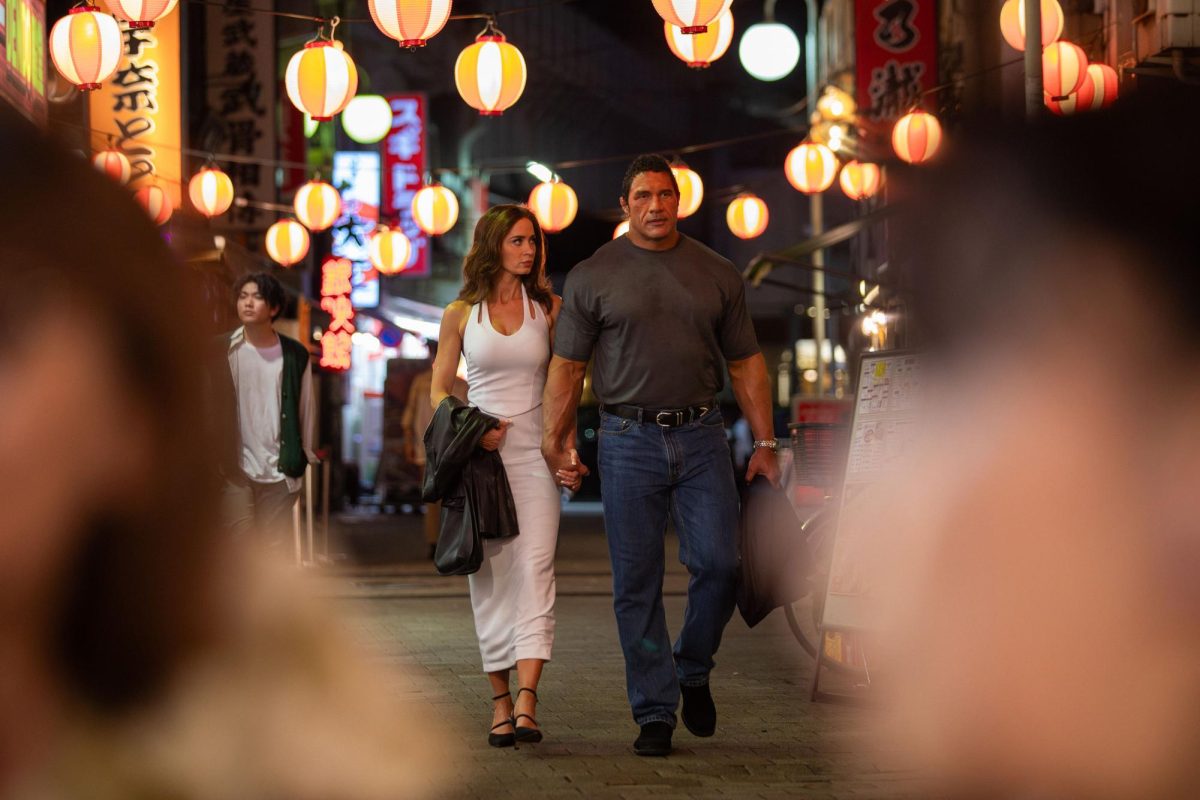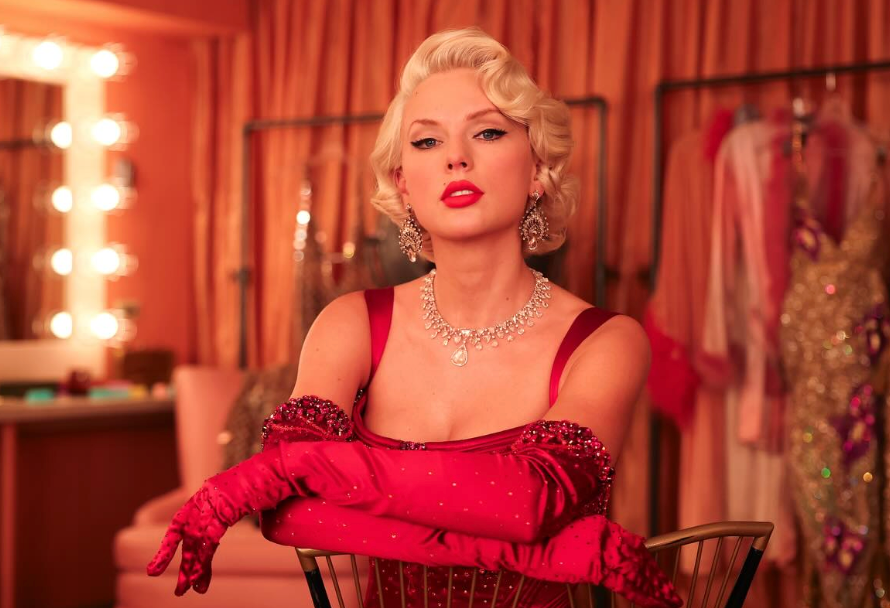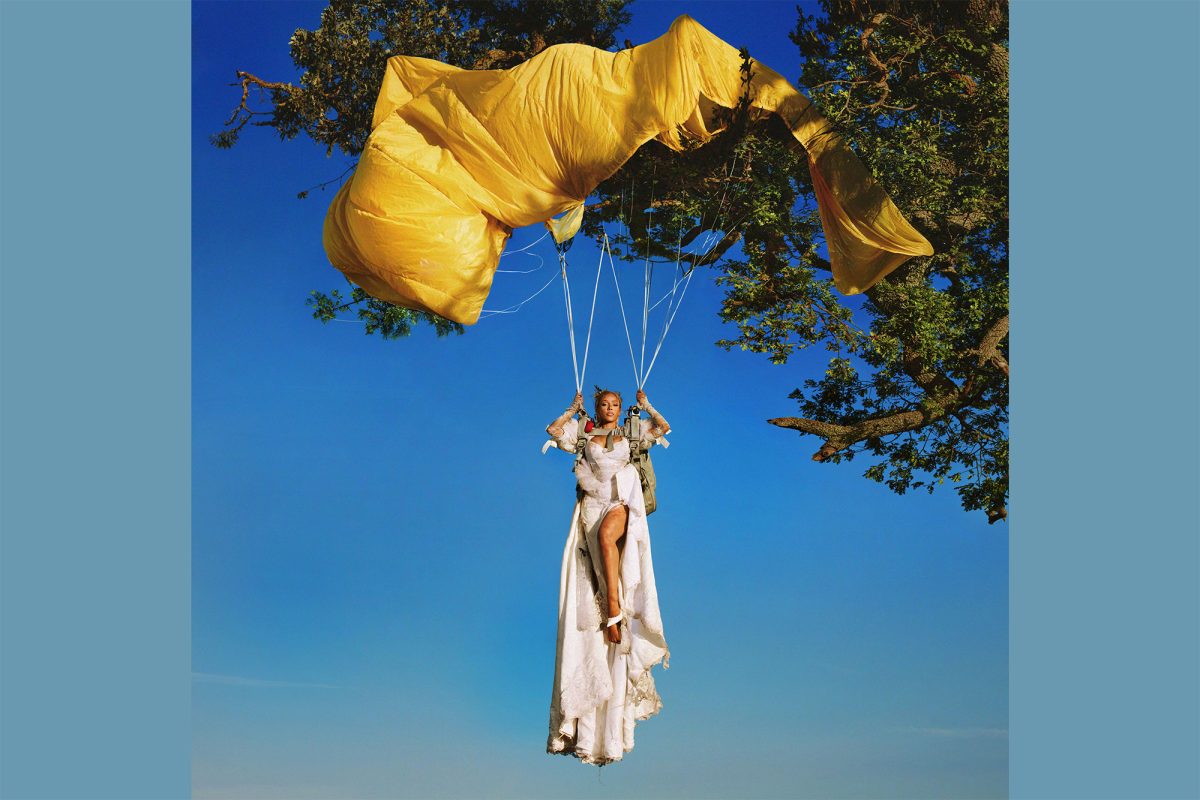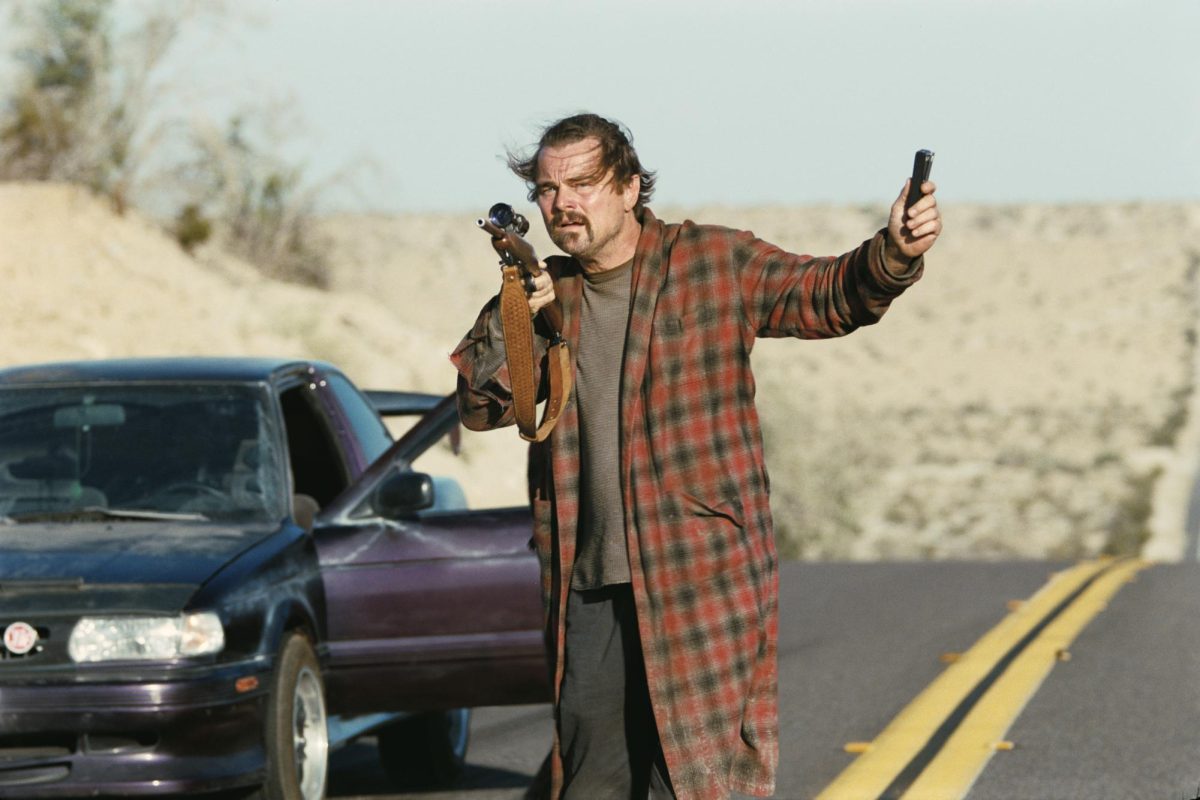Represented by vibrant, elegant watercolor animation, a young Malala Yousafzai takes a deep breath and steps up to the podium in a darkened room. One by one, the spotlights come on. It is Malala’s very first public address for equal rights education, and she no longer goes by the BBC pseudonym Gul Makai. As she speaks, her words become flickering phantasms of light that echo and surge through power lines across the Pakistani town of Mingora, crying out to the people not to listen to the fear-mongering Taliban.
This captivating moment toward the end of Davis Guggenheim’s 2015 documentary “He Named Me Malala” parallels the beginning scene, which highlights Malala’s namesake. Her name comes from the Afghani folk hero Malalai of Maiwand, who called out to the Afghan Army of the 1880s to fight back against the British-Indian forces when their morale was lost. Like Malala, Malalai had suffered in a fight against oppression. Her words, like Malala’s, share a similar message, saying it is better to live one day of freedom than a hundred years of slavery. Malala, now the youngest Nobel Prize laureate in history and an international advocate of women’s rights, recounts the story of how she chose to lead the life that has awaited her since the day she was born.
Guggenheim poeticizes Malala’s crusade for social autonomy in the Taliban-controlled Pakistani Swat Valley through a combination of personal interviews, dreamlike watercolor sequences, still photography and news coverage. Stylistically, the documentary runs the gamut from casual family footage to graphic videos of terrorism.
Malala and her close relationship with her father, Ziauddin Yousafzai, are the pinnacle of the documentary. Ziauddin is a teacher, as well as a fervent and brave orator who overcame a stuttering problem in order to openly speak out against the tyranny of Maulana Fazlullah, the militant leader who was controlling Mingora and the distribution of information at the time. Malala shares the integrity of her father, seeking out education despite the bombings of public schools in her hometown and the Taliban blacklisting her father over the daily PA system. School is a home to both Malala and her father, and they both recognize the danger they enter into when no one else is willing to defend the right for women to go to school.
Malala herself is an all-around lovable person on camera. She never once admits feeling grief from the Taliban’s attempt on her life and generally doesn’t discuss the hardships she faced in Pakistan. There are moments when the narrative takes a breather to instead highlight her more personal life of studying for exams, playing with her brothers and friends and Googling pictures of her favorite cricket players. While it is a good reminder to the audience that she is a person, and not just a symbol representing over 66 million average women with lives just like hers, there could be more screen time devoted to examining her campaign for education.
Critics of the documentary have similar objections with the amount of Malala’s campaign that could have been covered more. For instance, Guggenheim shows Malala giving support to the parents of the female Nigerian schoolchildren that had been kidnapped by Boko Haram, as well as interacting with female students in Kenyan schools. But other than that, the campaign seems to mostly be publicity shots of Malala meeting several influential people, such as Barack Obama, Hillary Clinton, Queen Elizabeth and others, and the documentary doesn’t actually show the U.S. or the U.K.’s reaction to any of it. As a biographical film, it would work much better at what it does, but as a documentary, it should merit a stronger argument for what it’s selling.
The only other minor problem with the documentary is discontinuity in editing. When it switches focus from Malala to the story of her mother or father in the middle of its own timeline — which in itself is a little hard to place from start to finish — it causes confusion. This may or may not be excused by the use of poetic undertones that put aesthetics and ideology above empirical data.
Nonetheless, Malala’s journey from student to international spokesperson is as inspirational and heartwarming as it is poetic. “He Named Me Malala” is a true coming-of-age story for all women, especially those who have ever been socially misrepresented and have grown up without the courage to speak out against society’s wrongdoings. Any audience will enjoy its beautiful imagery, Malala and her father’s wonderful personalities and its message of equality.


